 In Memorium is a found footage film written and directed by Amanda Gusack. The movie follows Dennis and Lily, a young couple documenting Dennis’s final days after learning that he has terminal bone cancer.
In Memorium is a found footage film written and directed by Amanda Gusack. The movie follows Dennis and Lily, a young couple documenting Dennis’s final days after learning that he has terminal bone cancer.
The film opens with Dennis (Erik McDowell) and Lily (Johanna Watts) moving into their newly rented house. Dennis explains his plan to record the progression of his disease by wiring the house with surveillance cameras and microphones. The multitude of surveillance cameras throughout the house capture Dennis, his girlfriend Lily, and brother Frank (Levi Powell) over the next several days as they come to terms with Dennis’s condition.
The couple’s first few nights in their new home take a frightening turn when Dennis hears strange sounds at night. Upon investigation, he finds nothing. Upon reviewing the surveillance camera footage the next morning, Dennis suspects that he and Lily are not alone.
To make matters worse, Dennis’s condition is deteriorating faster than expected. Mysterious sores appear on Dennis’s body, and he becomes violently ill whenever he or Lily try to leave the house. Is a previous tenant tormenting Dennis and Lily from beyond the grave? Or is something even more sinister behind the couple’s plight?
Found Footage Cinematography
In Memorium is shot almost exclusively through a multitude of fixed-position surveillance cameras. The video is low-contrast with very muted colors, which contributes nicely to the dark tone of the film.
The walls of the house in the film are teeming with cabling and cameras. The film often switches between alternate angles of ongoing scenes depending on who is speaking. In this sense, In Memorium looks more like a traditional narrative film, although the film is 100% pure found footage. This filming approach contrasts sharply with modern found footage films using surveillance footage, which typically use one wide-shot surveillance camera to capture most of the action.
The filming approach in In Memorium makes perfect sense considering that there a large number of surveillance cameras capturing many angles and the footage was intended to be edited by a third party to create a documentary.
The sound in In Memorium is fantastic. In the movie, Dennis wires every room in the house with microphones that tie into a single audio feed. As a result, the movie is filled with a tapestry of background sounds that persist regardless of which camera is active. Birds chirping during the day, crickets at night, and a general sense of continuity that would be difficult to achieve or justify if the cameras had been recording their own audio.
In Memorium vs. Paranormal Activity
Due to it’s similarity to In Memorium, we cite the Paranormal Activity franchise for comparison. These films share many plot elements, filming motivations, and cinematic styles. Whether Paranormal Activity borrows from In Memorium or independently develops their approach is something we’ll never know for sure, but In Memorium is arguably the first found footage film to adopt the use of house-wide surveillance cameras.
In Contrast to In Memorium, Paranormal Activity tells its story primarily from the perspective of the surveillance cameras, where viewers often see the footage through the cameras before the protagonists play back the video the next day. In Memorium tells its story from the perspective of the characters, and we only see the footage as the characters actively review it.
Further, Paranormal Activity builds tension from watching events unfold on the unmanned surveillance footage, while In Memorium builds its tension through clever storytelling and character reactions to the surveillance footage.
If there were one flaw to be raised with the cinematography in In Memorium, it would be that every shot of every scene has the characters perfectly framed and in focus. It’s important to keep in mind that In Memorium came out in 2005, several years before Paranormal Activity (2007) pioneered many of the techniques taken for granted in found footage films today. Given that In Memorium was treading new territory with the use of surveillance camera footage to construct an entire feature length film, it is easier to forgive the more polished presentation.
Filming Reason
Early in the film, In Memorium establishes that Dennis is an amateur filmmaker and he met Lily on set while directing a low-budget movie. Dennis explains that he’s documenting his illness as “something to do so [he doesn’t] go crazy.” After he dies, Lily will deliver the footage to an editor friend to create a documentary.
While the primary filming reason in In Memorium is valid, the sheer number of surveillance cameras and elaborateness of the wiring questions the plausibility of Dennis’s motivation. A video diary using a single high-quality video camera is a more traditional approach to documenting the progression of a disease – especially if the end goal is to create a production quality documentary. No compelling explanation is given for Dennis’s costly decision to use so many surveillance cameras, or why he and Lily moved to into their new house to film.
If more dialog were added towards the beginning of the film explaining the elaborateness of his setup, then perhaps this approach would rest easier. While it’s true that many surveillance cameras are needed to carry the paranormal plot thread, the original reason for having so many surveillance cameras in the first place (i.e. Dennis’s illness) lacks a solid foundation.
In contrast to In Memorium, the latter installments of the Paranormal Activity franchise use a large number of cameras for the explicit filming reason of capturing “paranormal activity” which can occur at any time and in any room in their house. In this instance, the large number of cameras is justified up front.
Notwithstanding the original reason for installing so many surveillance cameras, Dennis’s motivation for filming his last days is firmly rooted. An additional filming reason presents itself later in the film when Dennis and Lily see and hear strange phenomena in their home. The surveillance footage proves invaluable for Dennis and Lily to investigate.
Found Footage Purity
In Memorium does a good job of maintaining found footage purity throughout the film. The surveillance cameras mounted throughout the couple’s house automatically activate and deactivate using motion detection, ensuring that footage is captured when and where it’s needed. In furtherance of this goal, the footage is presumed to have been edited by a third party, accounting for the clean edits and application of different angles.
The found fotage purity falters somewhat due to the fact that all of the characters are always perfectly framed and in focus, which is something that would not organically happen using surveillance cameras (despite the large quantity used in this film).
Because of the unique manner in which Dennis wired his house for sound, In Memorium is able to apply audio techniques that might otherwise be considered rule-breaking sound design. Many horror films artificially increase the volume of ambient noises to ratchet up the tension. In Memorium skirts around this rule by taking advantage of the fact that every room in the house has microphones, ensuring noises anywhere in the house would be adequately captured and amplified. This clever technique presents often eerie audio qualities throughout the film.
Acting
Erik McDowell as Dennis does a good job portraying the cancer-stricken cinematographer seeking to film the last days of his life, only to be side-tracked by something much more nefarious. Johanna Watts performs exceptionally as the dedicated live-in girlfriend who refuses to give up hope on Dennis’s unlikely recovery. The two characters have a believable on-screen synergy and relationship that carries through the film.
Mary Porster as Ms. Sporec delivers a solid performance as the somewhat eccentric landlady. Less convincing is Levi Powell as Dennis’s brother Frank. Despite a few good moments throughout the film, Levi Powell’s portrayal of Frank as a carefree joker often comes across as forced. Frank’s antagonistic relationship with Lily is also unbelievable at times.
Plot
In Memorium is a slow paced film whose success rides on effective suspense building. The story reveals itself gradually through conversations between Dennis, Lily, Frank, and the landlady. As the film progresses, the supernatural elements become increasingly prominent. In Memorium uses the same formula that Paranormal Activity would thrust into the mainstream years later.
The film makes great use of foreshadowing and misdirection. Events that seem inconsequential at first come to have a deeper and terrifying meaning as more back story is revealed. In Memorium excels at maintaining a balance between progressing the plot and fostering a foreboding sense of dread.
In terms of story and historical significance in the found footage genre, In Memorium is a solid film. Found footage fans that enjoyed Paranormal Activity would be doing themselves a disservice by not watching In Memorium.

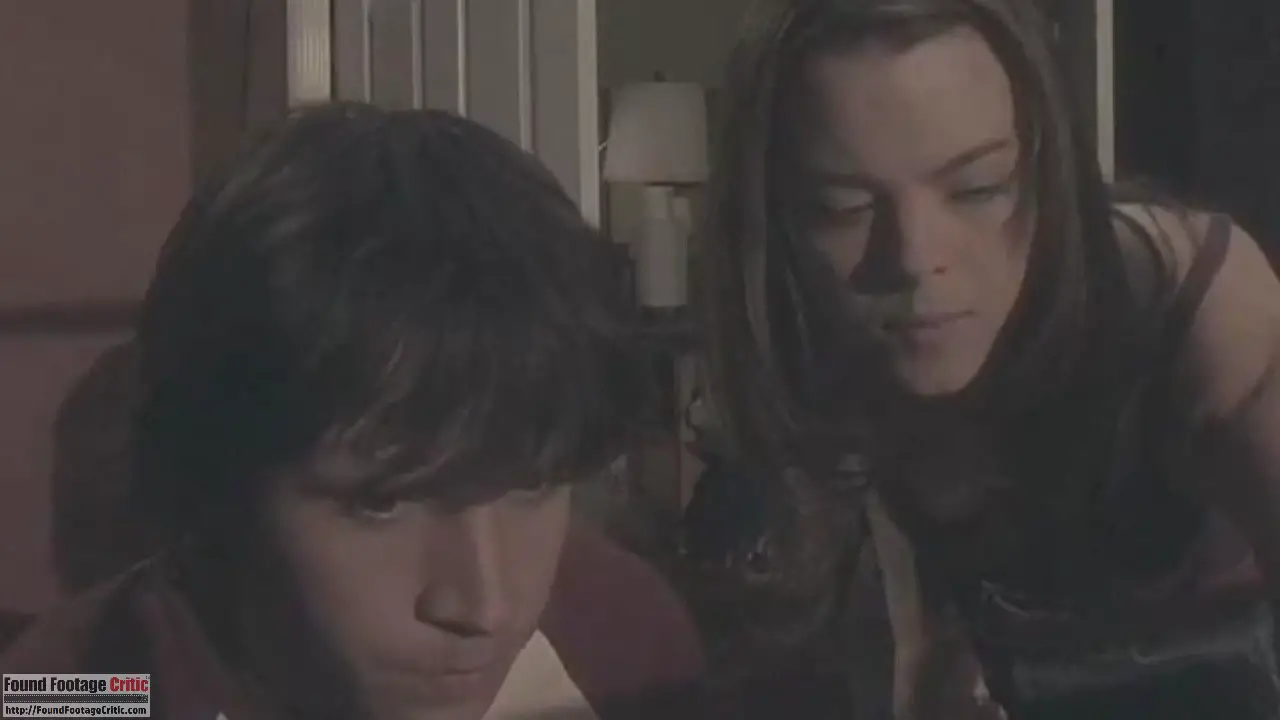
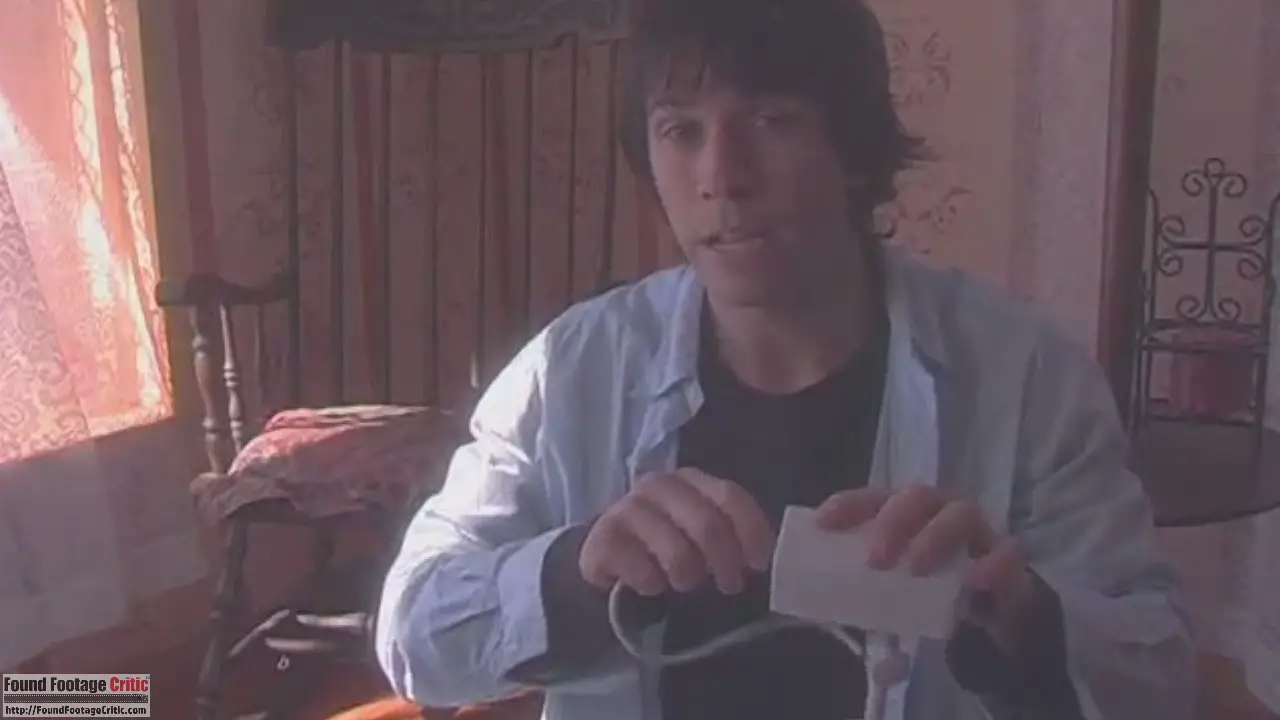
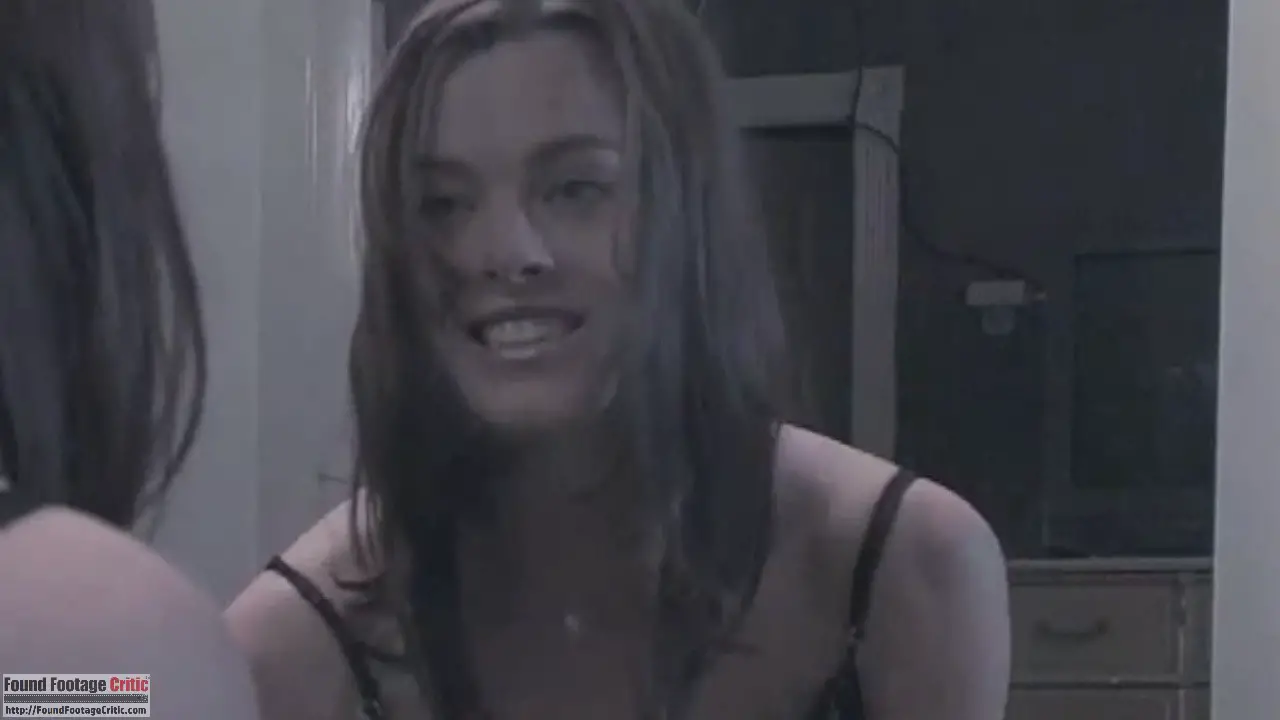
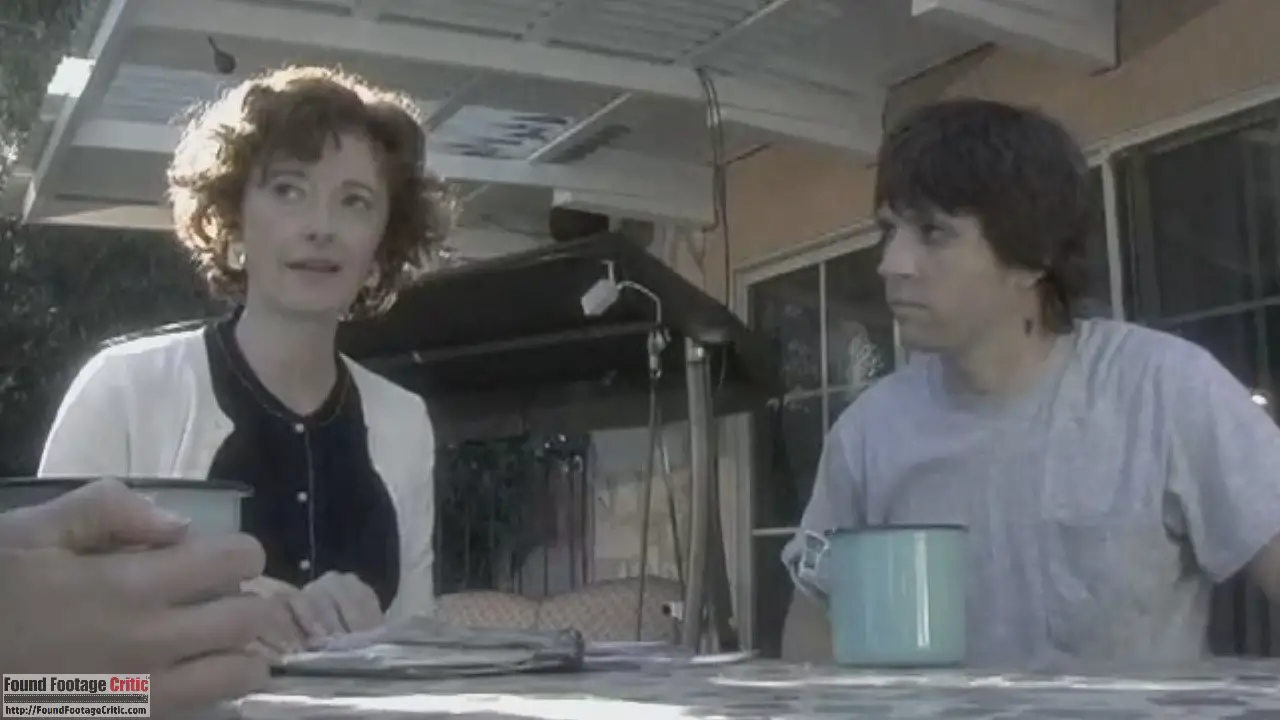
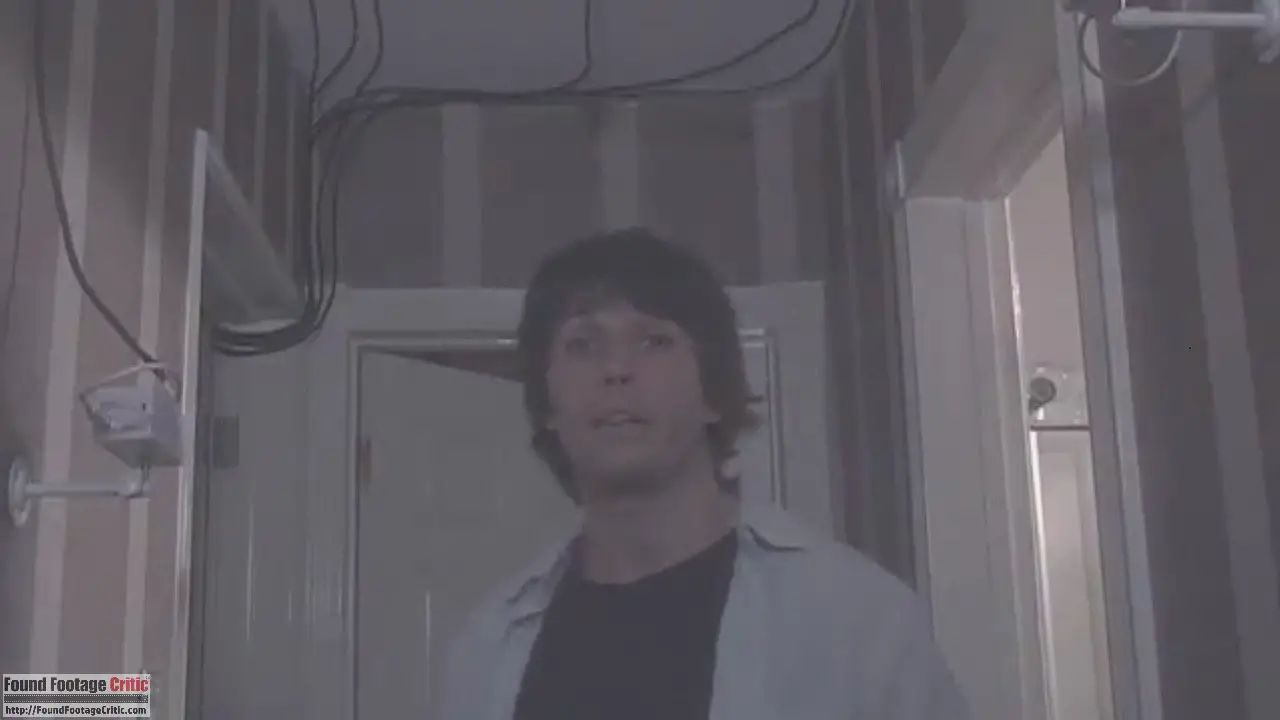
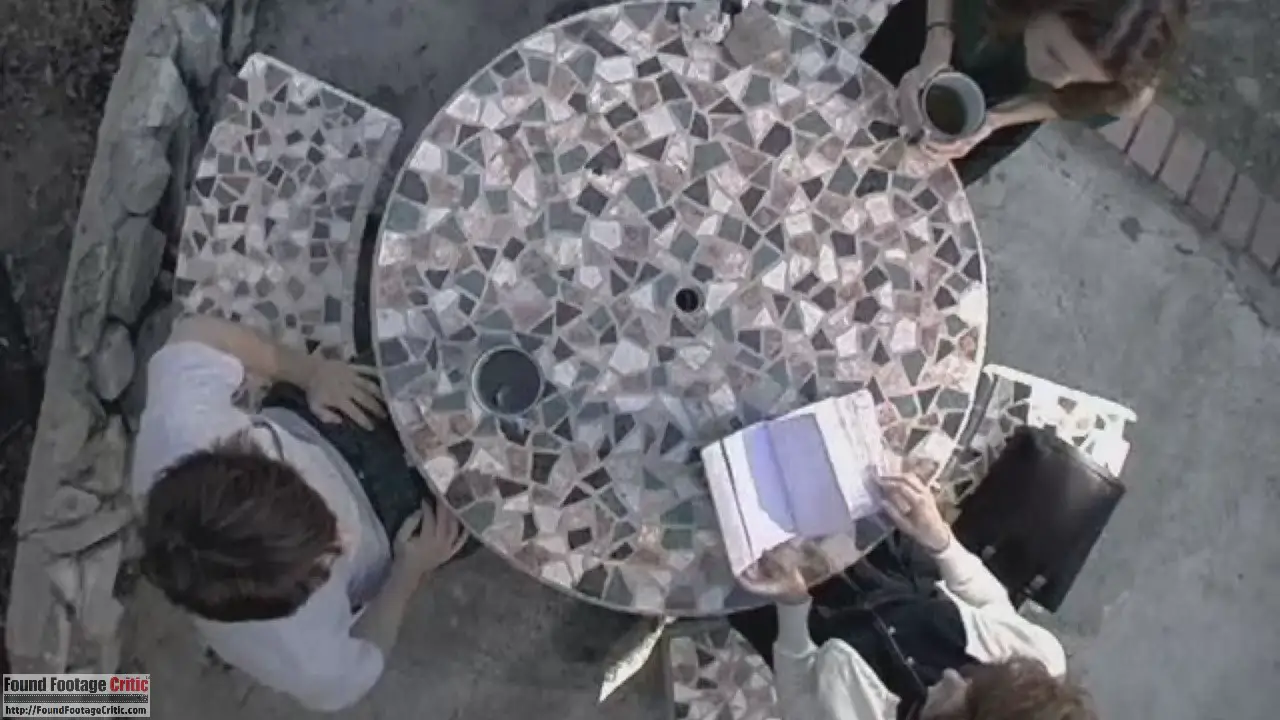

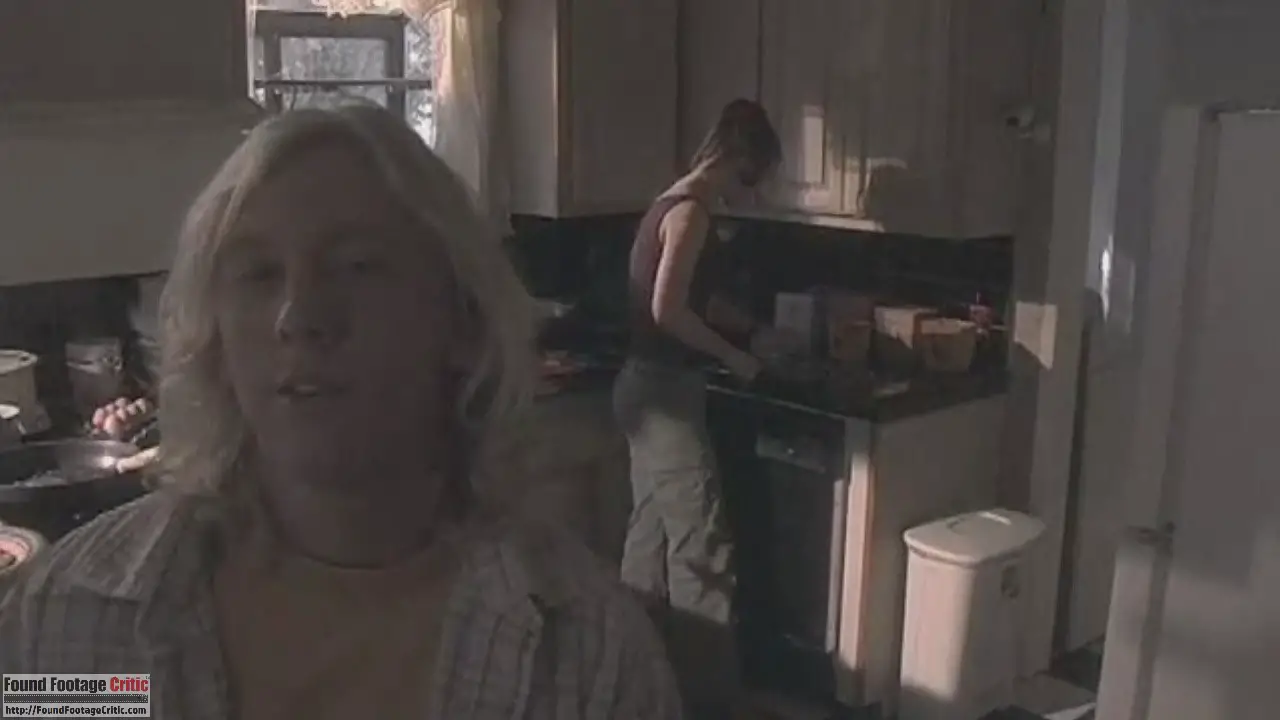

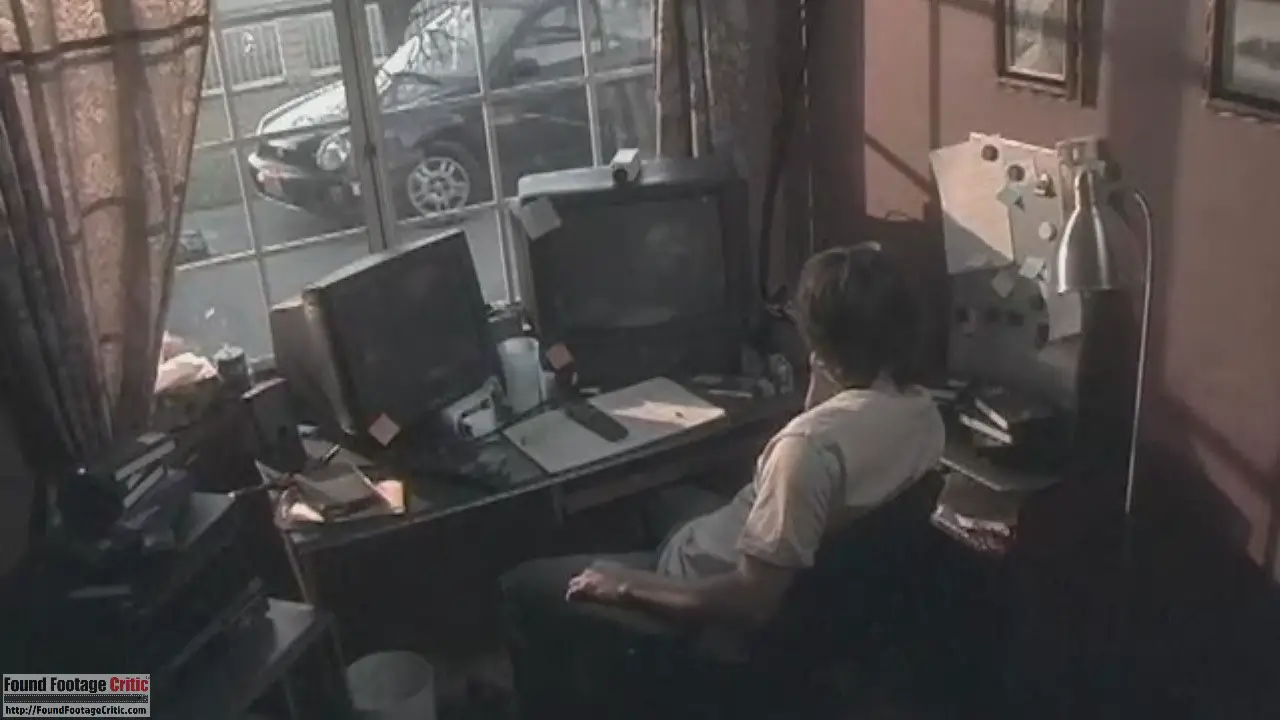
7 Comments
I’ve been trying to see this film since 2007 when I first heard about it, but to no end. I was never near any festivals that carried it, and as far as I can tell there was never a DVD release. Is it streaming online somewhere, I would gladly pay a rental fee to give it a look. I’ve been a fan of found footage since I saw Blair Witch in the theater in 1999 and this looked like it was taking a really interesting spin with the haunted house concept.
The film has been available on Amazon for quite some time.
thank you!
Please post back and let us know what you think of the film!
We strive to keep our reviews as objective and technical as possible, but areas such as acting and plot will always (at least in part) tie back to the sensibilities of the reviewer.
In Memorium reviews has this film as solid a nice build of tension, I agree but I think it does even more- it really does check all the boxes as far as what you need for a successful Found footage film and really is just a good horror film in general. The fact that its found footage just makes it better for me a fan of the genre. I will reply to the comments of “weak acting” as poppy cock (can i say poppy cock here) any ways theres nothing weak about the brother or landlady or as Dennis portrays a deteriorating cancer patient. Ok its not Oscar winning (the award not the frankfurter) but thats not apart of found footage (see how i used frankfurter and footage in the same line) and ok Lilly doesn’t have huge mamawambas (can i say mamawambas) but this isn’t a slasher film. One hek :-0) of a movie- see it!!!
We strive to keep our reviews as objective and technical as possible, but areas such as acting and plot will always (at least in part) tie back to the sensibilities of the reviewer.
I officially declare “poppycock” and “mamawambas” as sanctioned words on our site.